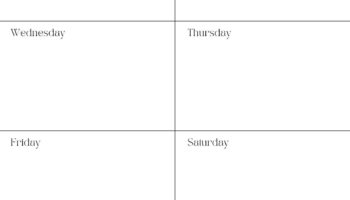These visual aids serve as a fundamental tool for understanding the base-ten number system. They effectively illustrate the positional relationship between digits, showcasing how each digit’s value is determined by its location within a number. For instance, in the number 325, the chart clearly distinguishes that the ‘3’ represents 300 (hundreds), the ‘2’ represents 20 (tens), and the ‘5’ represents 5 (ones).
Utilizing such a chart offers numerous advantages in mathematics education. It facilitates the grasp of number decomposition, aids in performing arithmetic operations, and strengthens number sense. Historically, the development of place value systems marked a significant advancement in mathematics, enabling efficient representation and manipulation of numbers. These charts provide a tangible and accessible representation of this abstract concept, especially beneficial for learners who are visually oriented.
This discussion will further explore the diverse applications of these charts across different grade levels, delve into the various formats available, and offer practical tips for effective implementation in educational settings. Further, we will examine the relationship between these visual aids and related mathematical concepts, such as expanded form and number comparison.









